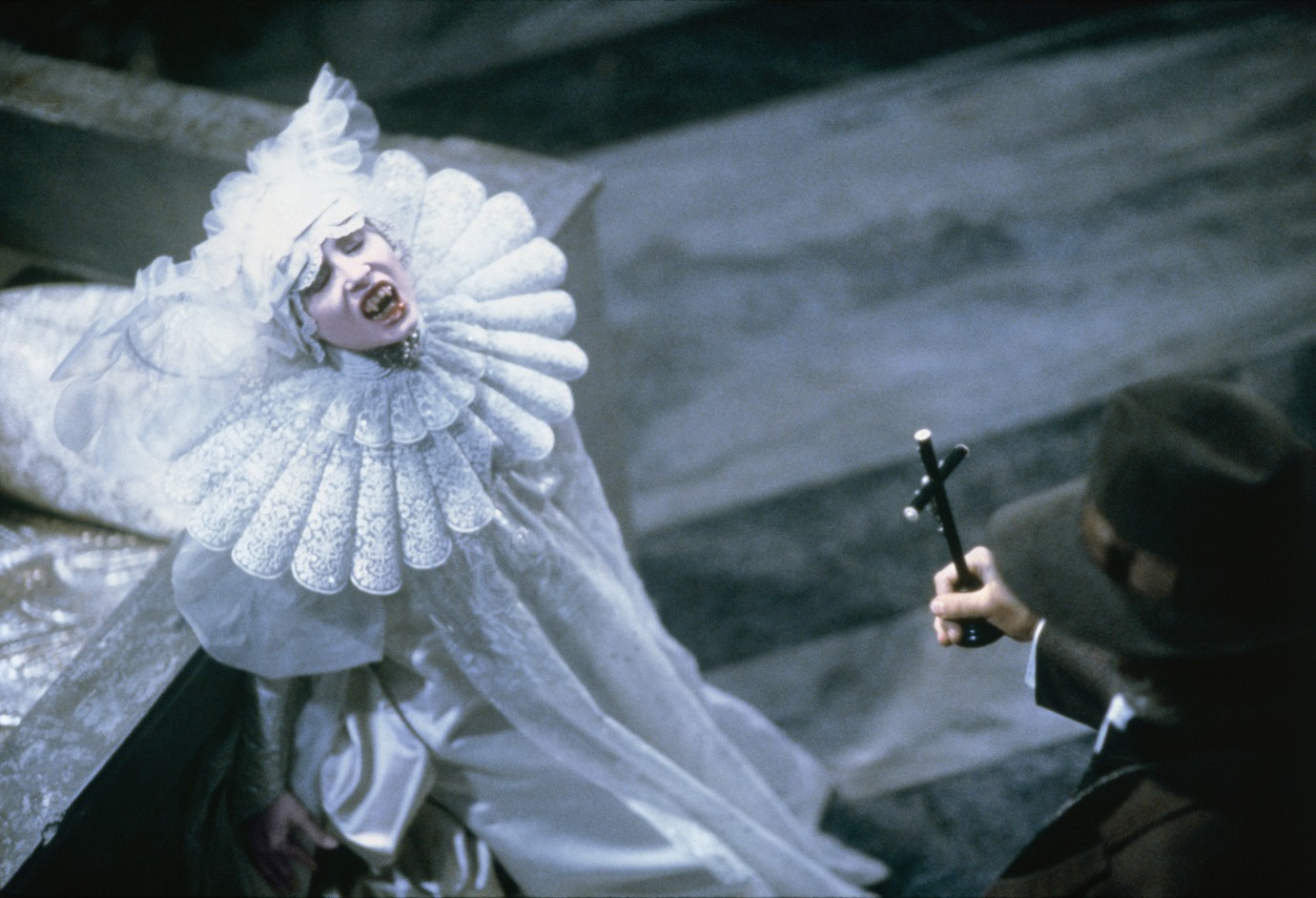Bram Stoker's Dracula


Keanu Reeves, Gary Oldman
Bram Stoker's Dracula by Francis Ford Coppola
USA 1992, Homage
Image courtesy of Park Circus/Sony

Sadie Frost
Bram Stoker's Dracula by Francis Ford Coppola
USA 1992, Homage
Image courtesy of Park Circus/Sony

Gary Oldman
Bram Stoker's Dracula by Francis Ford Coppola
USA 1992, Homage
Image courtesy of Park Circus/Sony